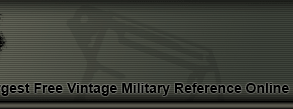German SA Dagger -
The SA dagger represents one of the most affordable blades to collect. This is due to the fact that the daggers were
produced in the millions since 1933 to the end of the war. During its life span, more than 100 manufacturers were
known to produce the dagger. In addition, not all manufacturer's produced the entire dagger, some simply bought parts
from other factories and followed through the steps of assembly. The assembling company would obtain plain blades and
place their logo on them. All blades are inscribed with the phrase "Alles Fur Deutschland".
In the early days of production there was virtually no quality control except for the standards set by each independent
manufacturer. It was not until 1934 when the RZM establishes some means of control. As a result, differences in the
sizes of the handles, scabbards and blades can be found in the earlier samples. Making it sometimes impossible to
interchange parts between daggers.
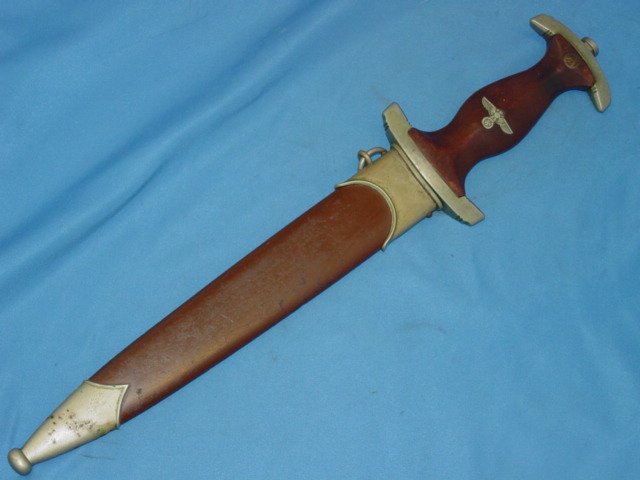


|
The "Military minute" is a series of instructional videos created by MilitaryItems.com for the purpose of
providing basic information about military collectibles. The idea is to expose people to the exciting
world of military collectibles.
The video presentation coupled with detailed photographs and written information, including a military
collectible's price guide, enhances the visitor's experience.
Whether you are a long time collector, a beginner or simply have an interest in the history and value of
each collectible, we hope that you find the information presented here useful.
|
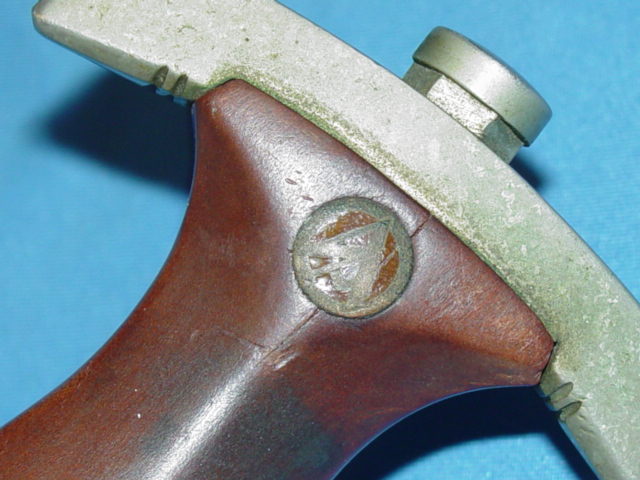
|
|
This page is a recognition and identification guide for German bayonets. Multiple
detailed photos of a specific sample are provided. Descriptions point out specific
points that should be noted.
One of the most commonly asked questions is "How much is my German bayonet worth?".
A price guide is included here to address this question. The value of the Nazi bayonets is
reviewed over a period of several years. A trend can be observed. The present worth
of the police sword in the collector's market is illustrated.
This service is provided free of charge to the visitor/enthusiast courtesy of
MilitaryItems.com,
a company dedicated
to the preservation of military history and to providing quality military antiques and
collectibles to museums, institutions and the general public.
|
|
|

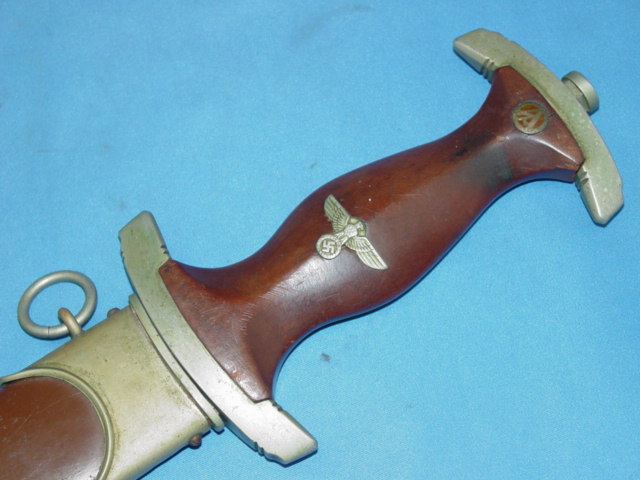
|
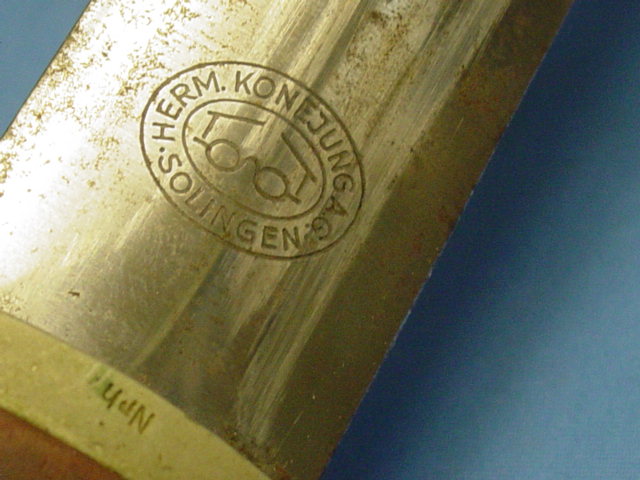
The blade has been stamped with the manufacturer's logo. This is located near the
base of one side of the blade. The logo consists of two ovals, one inside the other.
The space formed in between the ovals has the following writting: "Herm Konejungag"
and just below that is the name of the city "Solingen".
The handguard has the stamp Nrh on one side.
|
 |
 |
 |
Many German edge weapons are currently
reproduced.
It is becoming more difficult to be able to tell the fake ones from the real ones because
the quality of the reproductions is improving. The collector must become familiarized with
the construction style and materials employed in the manufacturing of this item.
Attention to the details is critical in order to be able to determine the authenticity of
the collectible.
If you have an interest is seeing other edge weapons of the Third Reich, you can do so by going
to our
WWII German daggers and Swords
identification guide, Where we cover blades from the Heer (Army), Navy (Kriegsmarine), Air Force
(Luftwaffe) and other organizations.
|


